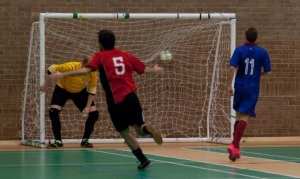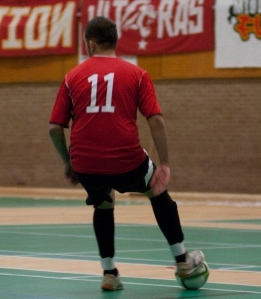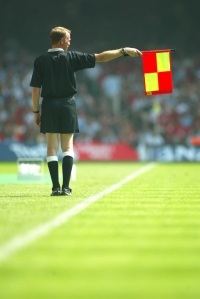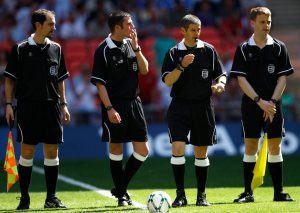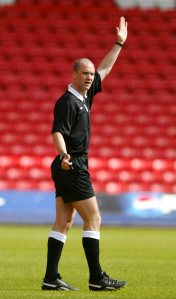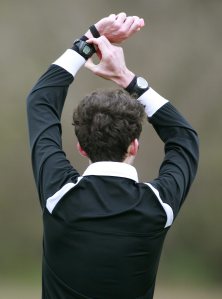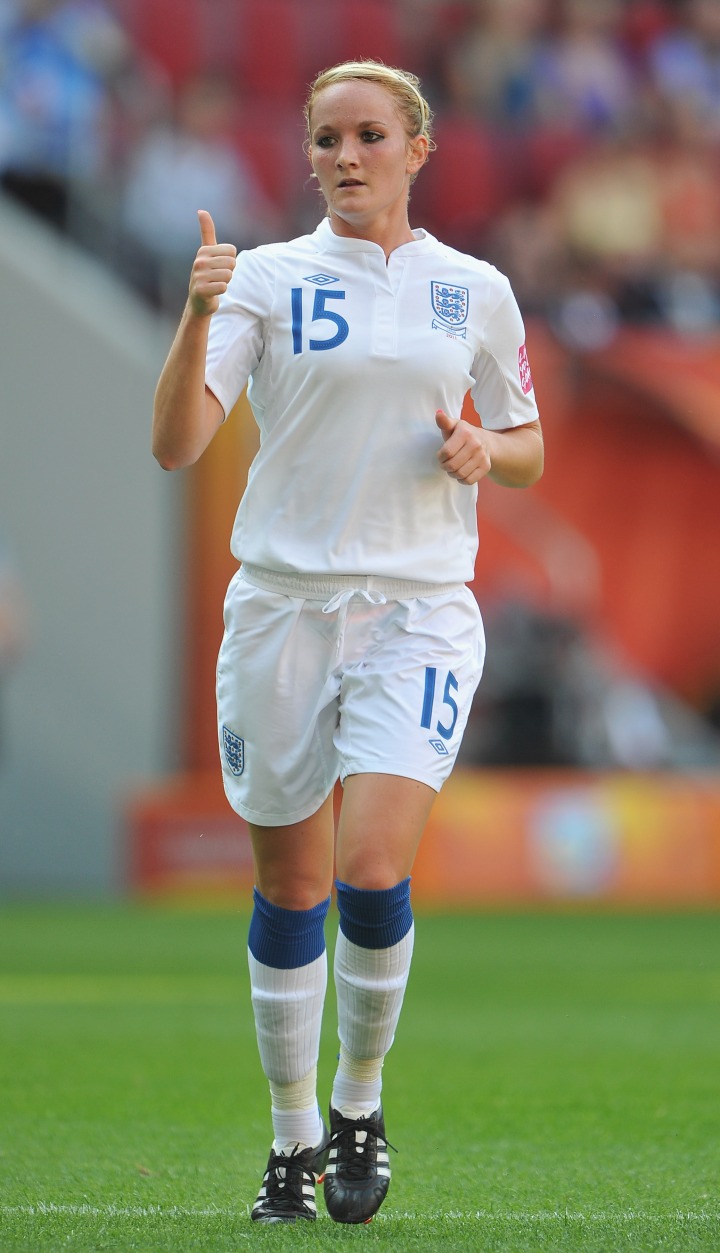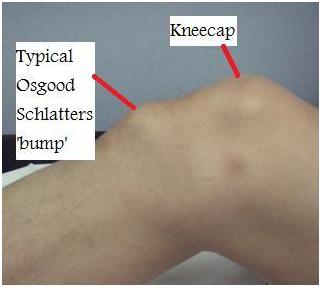By Mark Roe
How good were the FA cup finals of the 1980’s!? Every year was special even though Everton or Liverpool played in just about every game. The sun was always shining, there was TV coverage of players in their hotel, Jimmy Tarbuck and Stan Boardman telling the same jokes, and hoards of excited fans walking up Wembley Way.
I still love watching the matches but, since qualifying as a physio, I now look on with a shake of my head when I see how many players used to go down with cramp in the last 20 minutes. That never seems to happen anymore. Or at least not as often. Cramp! Ouch, so painful they should have named it twice.
I get lots of players at my clinic asking what it is, and why they get it. Cramp is actually an involuntary tightening (spasm) of a muscle, usually the calf, which can be caused by dehydration, poor sodium/potassium balance, compression of a muscle, tight muscles, or poor nerve supply to a muscle. So for a lot of amateur players it depends on your lifestyle and age, as well as not stretching or drinking enough fluids.
The effect on fluid and dehydration is possibly the biggest cause of muscle cramps in most players. I constantly find myself nagging players of the importance of drinking fluids before, during and after games. It may be difficult to believe, but just a three percent loss in fluid will give you a ten percent loss in strength and an eight percent loss in speed. If we put this in football terms, think about a full back and winger who are matched evenly, but the full back doesn’t drink at half time. In the second half the winger will ‘skin’ him more and more throughout the game. This is the difference between winning and losing.
Quite often I get asked what is the best type of drink? With all the different types of sports drinks on the market – isotonic, hypertonic, hypotonic, to name just a few – it’s difficult to know where to begin. If you are at a professional club, this will probably be arranged and carefully measured for you, but for the amateur, you can’t go far wrong with water before, during and after a game. Try and drink plenty throughout the day before a match too. Drinking fluids helps to keep the muscle fibres mobile and therefore prevents them from drying out and tightening up.
Not only is what we drink important, but how we drink it, according to some managers. Football is now becoming so technical, so clinical and so serious that everyone is looking for that one percent advantage over their opponent. Arsene Wenger insists his players only drink fluid at room temperature so it is easier for the body to absorb. If the fluid is too cold, it may cause cramp in the stomach, as the blood supply to our internal organs will be increased to help settle this and therefore our external muscles in the limbs will be less efficient.
Lack of sodium in the diet has also been noted as a possible cause of cramp in some people, so try a few more shakes of salt on your fish and chips. If this doesn’t help it may be due to lower levels of potassium, so stick a banana in your pack-up at work and see if this makes a difference. Potassium levels are also linked to weaker muscles.
One of the more common problems I see in children is wearing sock ties which are too tight, or the elastic ties on the back of shin-pads which are again too tight. Other kids try to copy their heroes by putting lots of layers of tape round their socks, and wonder why they get cramp. If you imagine squeezing your calf muscle, while you run around for 90 minutes, it’s bound to be uncomfortable. Anything that compresses the lower leg will affect the blood supply, the nerve supply and the performance of the muscle.
Not a lot of people realise that cramp can also be caused by lower back problems. If the joints in the lower part of the spine compress against the sciatic nerve, this can prevent the nerve sending normal signals to the muscles, which causes cramp in the calves. A common feature of this is if you wake during the night or early morning with cramp even if you haven’t been active the day before. This all leads back to lifestyle. If you do a desk bound job, spend a long time on your PlayStation, or do a lot of driving, this can also cause cramps. If this happens to you, try a few back stretches before going to bed, or see a physio for a bit of treatment.
Stretching is usually a good help for all muscle cramps, so if you do get shot by cramp towards the end of a match, make sure you stretch. Pulling your toes upwards with the knee straight is a good help.
Whilst we’ve gone back to preaching about lifestyles, think about yourself on a Sunday morning… You wake up late, dehydrated from last night’s alcohol, without breakfast inside you. You run onto the pitch just in time for kick off – without stretching off. Shin-pads taped on tight, thinking that this bit of exercise will get rid of that stiff back you get when sat at the computer for 40 hours a week. Do me a favour. At least have a drink of water at half-time, and after the match, before you pour that first refreshing pint down your throat!
Cheers.
Mark
For more information or for some help visit Mark’s website: www.markroesportsphysio.co.uk

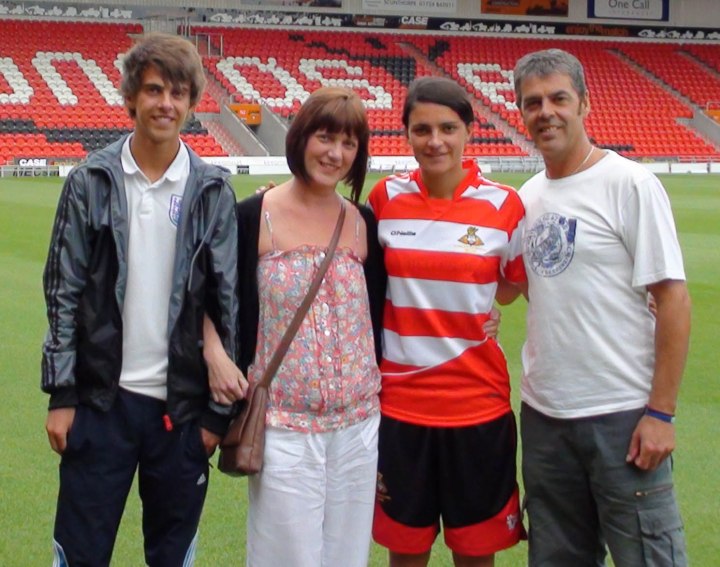

 Most people are shocked and don’t understand why. A lot of people ask me: “why would you
Most people are shocked and don’t understand why. A lot of people ask me: “why would you